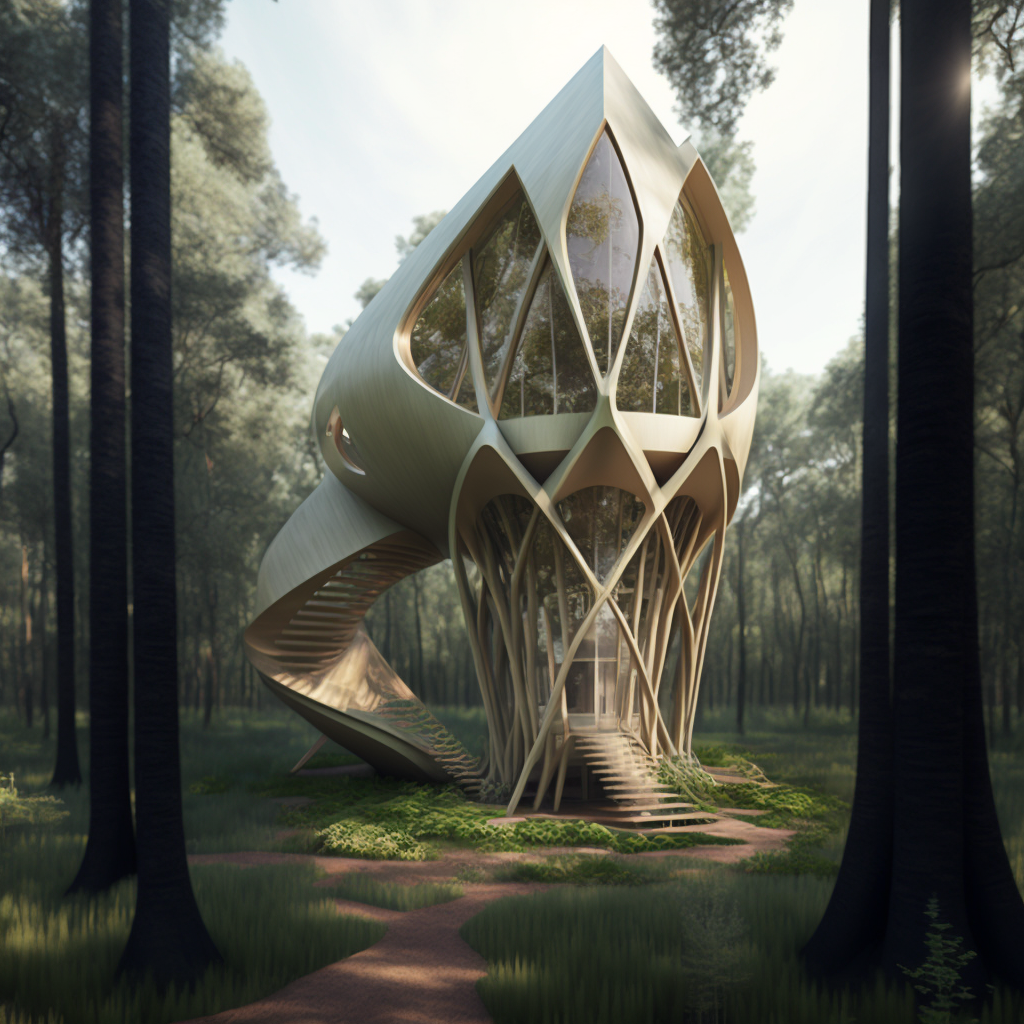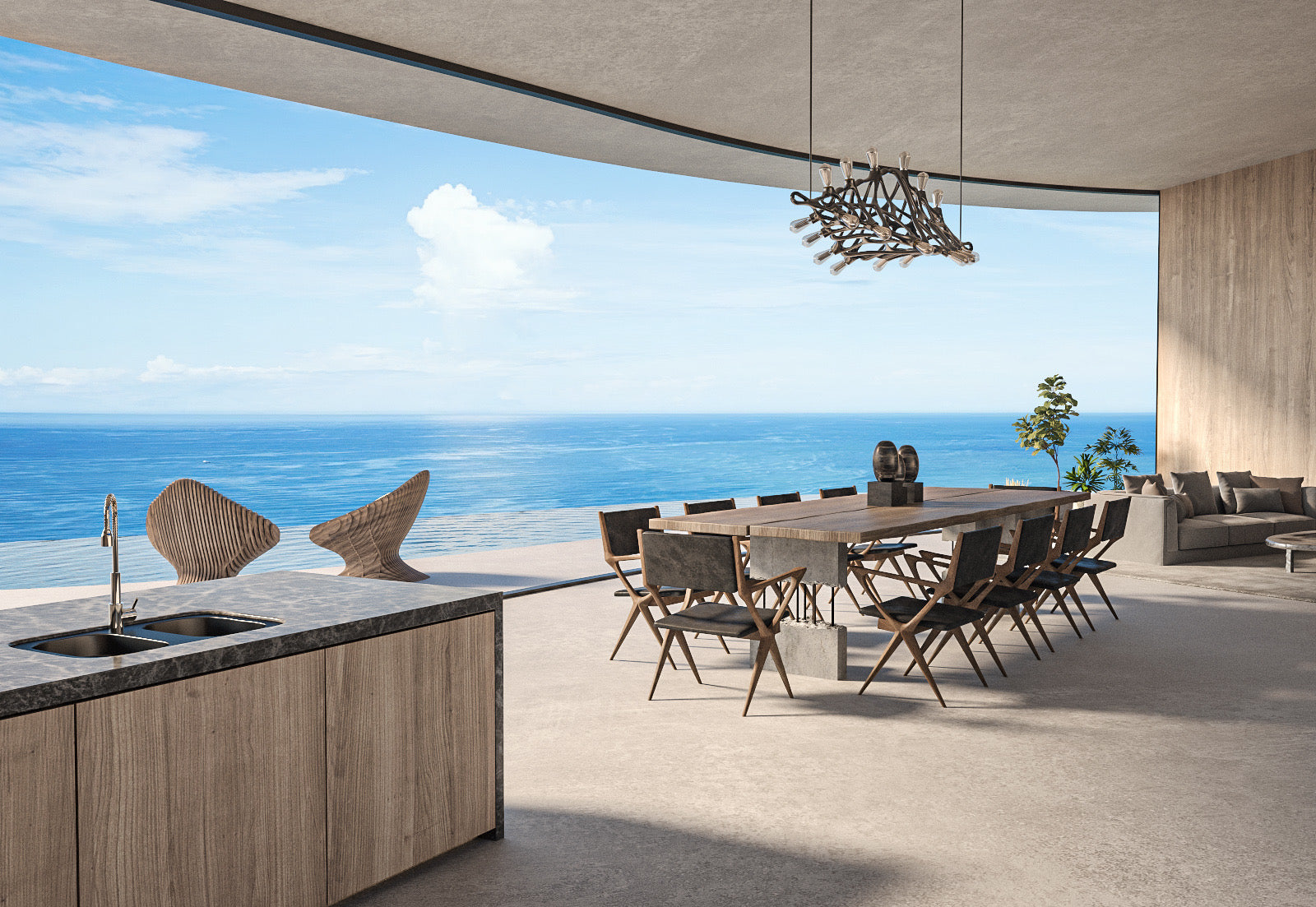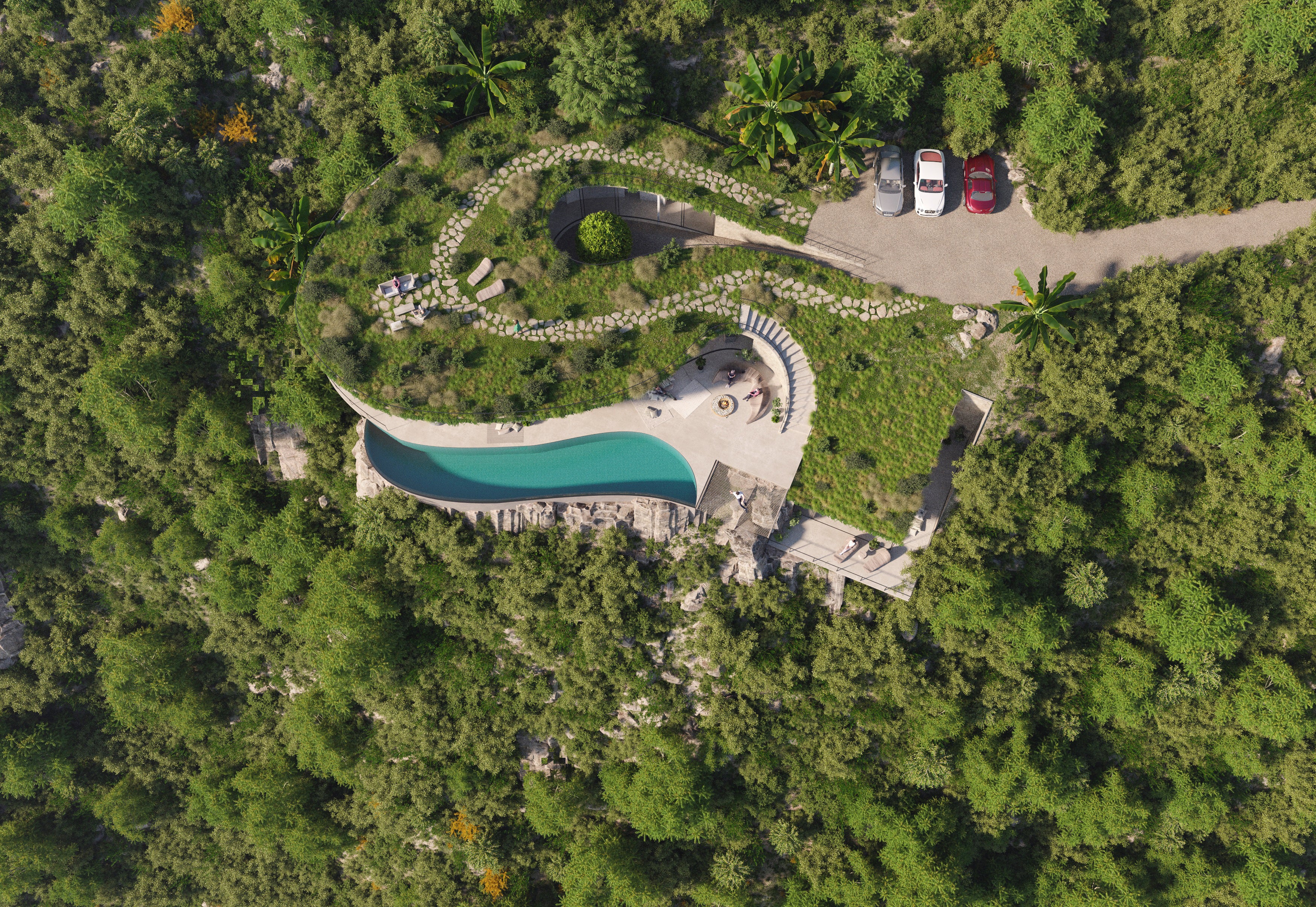
Sacred Spaces
Nature and Mathematics: The Future of Sustainable Architecture through Sacred Geometry and Biomimetic Design
In the world of architecture and design, there are a few key concepts that have been gaining traction in recent years. Two of the most fascinating and innovative concepts are sacred geometry and biomimetic design. Both of these approaches to architecture are rooted in a deep understanding of natural patterns and forms, and they offer exciting new possibilities for creating sustainable and empowering spaces.
Sacred geometry is the study of the mathematical principles that underpin the universe. It explores the connections between shape, proportion, and number, and seeks to create harmony and balance through the use of geometric patterns. This approach has been used for centuries in sacred spaces such as temples, mosques, and churches, where the geometry of the space is believed to have a profound impact on the human psyche.
Biomimetic design, on the other hand, looks to the natural world for inspiration. By studying the forms, structures, and systems of living organisms, architects and designers can create buildings and products that are not only more sustainable, but also more efficient and effective. Biomimetic design has been used to create everything from self-cooling buildings to ultra-lightweight materials.
When these two approaches are combined, the result is a powerful and innovative approach to architecture that can create sustainable and empowering spaces for people. One example of this is the sustainable bungalow designed by architect Jane Smith.
The bungalow is designed to be an affordable and sustainable housing option for people in need. It is made primarily from natural materials such as bamboo and clay, which are not only renewable, but also have a low carbon footprint. The design of the bungalow is inspired by the spiral patterns found in seashells, which not only create a beautiful and organic form, but also provide natural ventilation and cooling.
The interior of the bungalow is designed with sacred geometry in mind. The use of golden ratios and other mathematical principles creates a space that feels harmonious and balanced, and is believed to have a positive impact on the human psyche. The use of natural materials, combined with sacred geometry and biomimetic design, creates a space that is not only sustainable, but also empowering and healing.
In conclusion, the combination of sacred geometry and biomimetic design is a powerful approach to architecture that has the potential to create sustainable and empowering spaces for people. The sustainable bungalow designed by Jane Smith is just one example of how these concepts can be brought together to create innovative and inspiring designs. By looking to the natural world and the principles that underpin the universe, architects and designers can create buildings and products that are not only more sustainable, but also more beautiful, functional, and empowering.






























